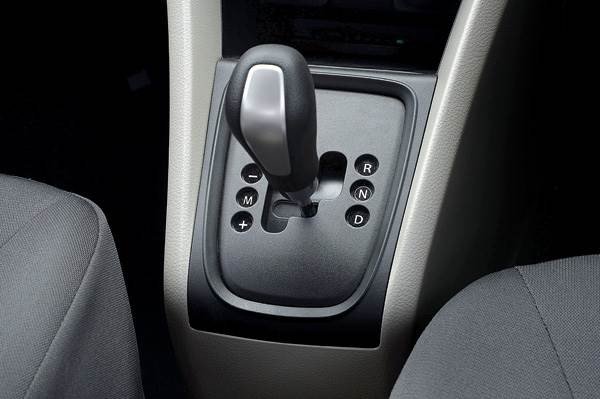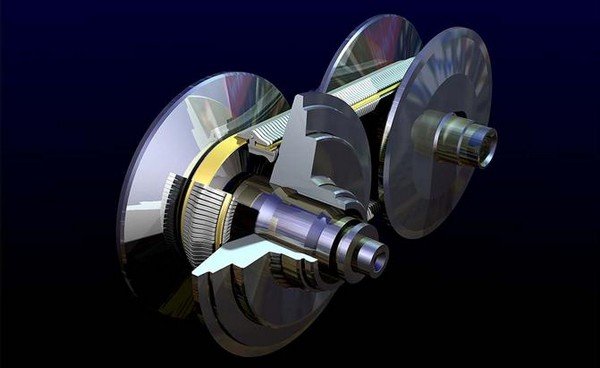Popular Tips
YOU MIGHT BE INTERESTED IN
CVT Vs AMT: Which One Is Better?
by IndianAuto Team |
17/03/2020
This article is going to clarify the differences between CVT and AMT, which is expected to help you make a better decision on which one to choose.











 Follow us on google news
Follow us on google news
